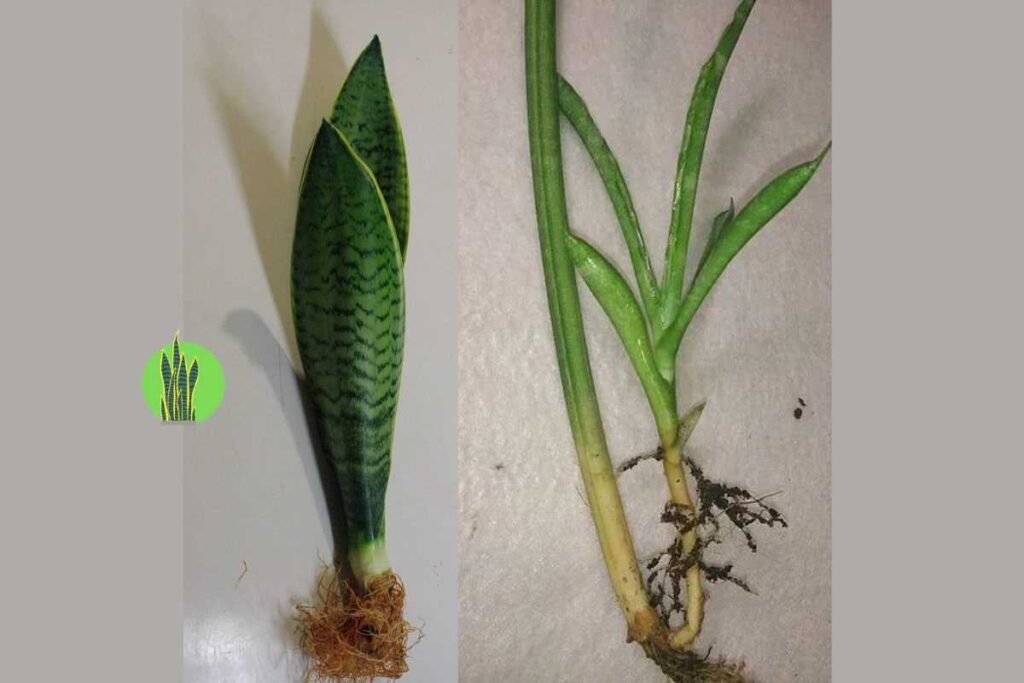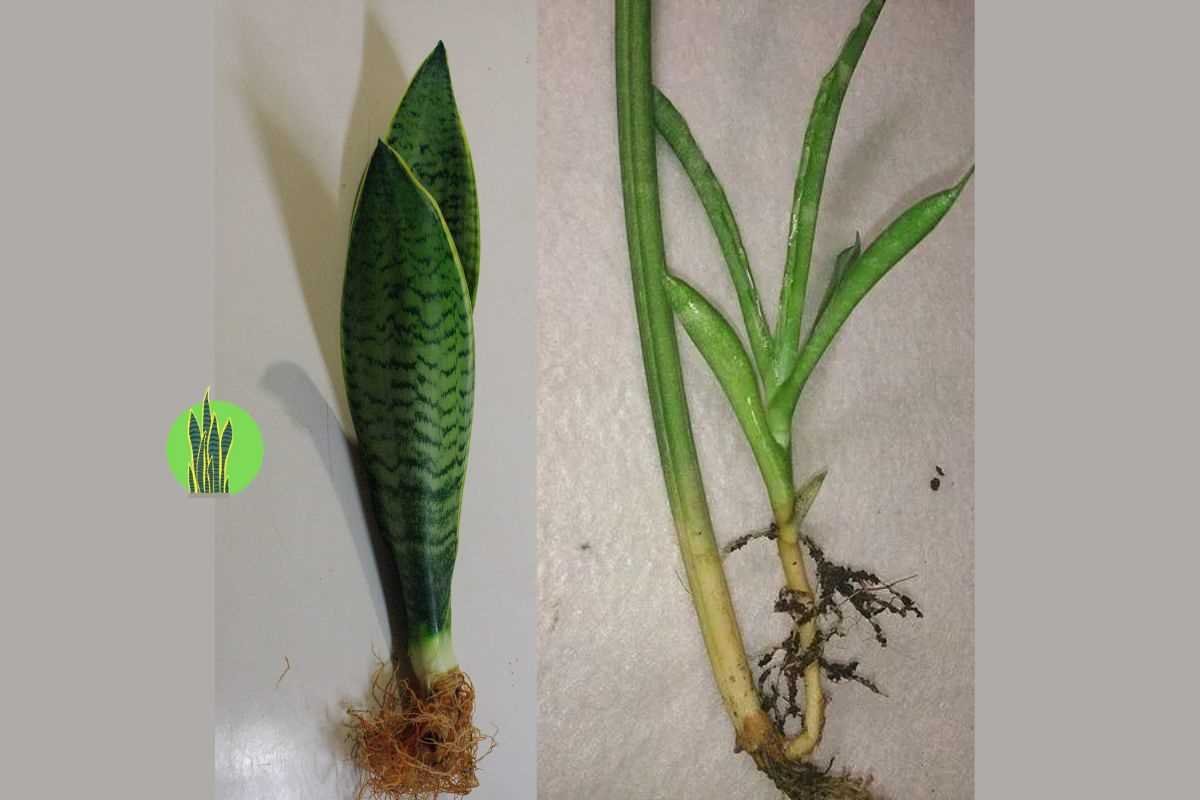Snake plants, also known as Sansevieria or Dracaena trifasciata, are among the most popular houseplants, known for their striking appearance, air-purifying qualities, and resilience. These plants thrive with minimal care, making them ideal for both beginners and experienced gardeners alike. But what makes snake plants truly special is their ability to propagate easily, allowing you to multiply your collection or share the beauty of this plant with others.
In this guide, we’ll dive deep into the process of propagating snake plants, offering step-by-step instructions, expert tips, and various methods to ensure a successful propagation journey.
Table of Contents
Why Propagate Snake Plants?
There are several reasons why you might want to propagate snake plants:
- Cost-Effective: Instead of purchasing new plants, propagation allows you to grow more from your existing snake plants.
- Gift-Giving: Snake plants make excellent gifts, and propagating them means you can share this green beauty with family and friends.
- Improve Air Quality: Snake plants are excellent air purifiers. By propagating more, you increase their beneficial presence around your home or workspace.
- Revitalizing an Old Plant: Sometimes, an older snake plant may begin to look overgrown or leggy. Propagation allows you to start fresh with healthy, younger plants.
Best Time to Propagate Snake Plants
The best time to propagate snake plants is during the spring or early summer. These are the periods when the plant is in its growing phase, ensuring quicker root development and better establishment of the new plant. Avoid propagating in the winter months as the plant is dormant and will take much longer to root.
Materials Needed for Snake Plant Propagation
To successfully propagate a snake plant, gather the following materials:
- Sharp Scissors or Pruning Shears: These are essential for making clean cuts on leaves or roots, reducing the chances of infection.
- Clean Potting Soil: Choose a well-draining potting mix, typically a mix of standard soil with added perlite or sand for better aeration.
- Small Pots or Containers: You’ll need these for planting your new cuttings or divisions.
- Water: If you’re using the water propagation method, you’ll need a clean container filled with water.
- Rooting Hormone (optional): While not necessary, rooting hormone can speed up the process and improve success rates.
Methods of Propagating Snake Plants
There are several ways to propagate snake plants. Depending on your preference and the plant’s condition, you can choose one of the following methods:
A. Propagation Through Leaf Cuttings
One of the most common ways to propagate snake plants is by leaf cuttings. This method is easy and allows you to produce multiple plants from a single leaf.
Steps for Leaf Cutting Propagation:
- Select a healthy leaf from the mother plant. It should be firm and free from damage or disease.
- Using clean scissors or pruning shears, cut the leaf near the base of the plant.
- Cut the leaf into sections, each about 3-4 inches long. Remember to keep track of which end is the bottom (closest to the root) and which is the top, as the cuttings need to be planted in the right orientation.
- Allow the cuttings to callous over for a few days. This step helps prevent rotting once the cuttings are planted.
- After callousing, you can plant the bottom end of each cutting in moist, well-draining soil or place them in water.
Key Tips:
- Always use sterilized tools to avoid contamination.
- The cutting should be placed with the base downwards for proper root formation.
- Avoid overwatering during the initial stages, as snake plants are prone to root rot.
B. Propagation Through Division
For larger, mature plants, division is one of the fastest and most effective ways to propagate. This method works well if your plant is overgrown or has multiple pups (small offshoots) growing from the base.
Steps for Division Propagation:
- Carefully remove the snake plant from its pot.
- Inspect the root system, looking for natural divisions where the plant has developed pups or separate sections.
- Using your hands or a sharp, sterilized knife, gently separate the plant into sections, ensuring each division has some roots attached.
- Replant each division into its own pot with fresh, well-draining soil.
Key Tips:
- Be gentle while handling the roots, as snake plants are sensitive to root disturbance.
- After division, give the plants a few days to settle before watering, allowing any wounds to heal.
C. Propagation Through Rhizomes
Snake plants spread through underground rhizomes, which can also be used for propagation. This method is similar to division, but it focuses specifically on the rhizomes.
Steps for Rhizome Propagation:
- Remove the snake plant from its pot and locate the rhizomes—these are thick, horizontal roots from which new shoots grow.
- Carefully cut or break off a rhizome section that has at least one shoot or “eye.”
- Plant the rhizome in fresh soil with the shoot exposed.
Key Tips:
- Ensure that the rhizome section has some roots attached for better growth.
- Give the new plant time to adjust before regular watering.
D. Propagation in Water
For those who prefer to watch the roots grow, propagating snake plants in water can be a fun and rewarding method. It’s also a great way to ensure that your cutting is developing healthy roots before transferring it to soil.
Steps for Water Propagation:
- Take a leaf cutting and allow it to callous over for a few days.
- Place the cut end of the leaf in a container of clean water, making sure only the bottom portion is submerged.
- Change the water every few days to prevent bacterial growth and encourage root development.
- Once the roots are at least 1-2 inches long, transfer the cutting to soil.
Key Tips:
- Use a clear container to monitor root growth.
- Make sure to change the water regularly to avoid stagnation or rot.

How to Propagate Snake Plants
Now that you know the different propagation methods, let’s go into more depth on the specific steps required for each process, along with some advanced tips to ensure success.
Step-by-Step Guide: Leaf Cutting Propagation
- Select a Healthy Leaf: Always choose a mature leaf that is thick and firm. Avoid leaves with discoloration, signs of pests, or damage.
- Prepare Your Tools: Sterilize your scissors or knife by wiping them down with rubbing alcohol. This helps prevent the spread of diseases.
- Cut the Leaf: Make a clean cut near the base of the plant. Snake plant leaves are thick, so ensure your cut is even and sharp.
- Divide the Leaf: Cut the leaf into smaller sections (3-4 inches long). Be careful not to confuse the top with the bottom end of the cutting. The base of each section will need to be planted into the soil.
- Allow the Cuttings to Callous: Let your cuttings sit in a dry place for 2-5 days to allow the cut ends to callous over. This step is crucial in preventing rotting.
- Plant in Soil or Water: After callousing, place the cuttings in a well-draining potting mix. Ensure the cut end is buried in the soil. Alternatively, place them in water, making sure only the bottom half is submerged.
- Care for Your Cuttings: Position your cuttings in bright, indirect light and keep the soil or water moist, but not soggy. Roots should begin to form in 3-6 weeks.
Step-by-Step Guide: Division Propagation
- Remove the Mother Plant from the Pot: Carefully lift the plant from its pot. If it’s root-bound, gently loosen the roots.
- Identify Divisions: Look for natural separations in the plant. A snake plant often produces pups, which are small offshoots that grow around the base of the plant. These can be separated easily with a little gentle pulling.
- Divide the Plant: If the roots are densely packed, use a sharp knife to cut through them. Ensure each divided section has some roots attached.
- Replant the Divisions: Place each division in its own pot with fresh potting soil. Water sparingly after replanting to help the divisions establish themselves.
Caring for Your New Snake Plant
Once your new snake plants are propagated, proper care is essential for their continued growth and success. Here’s how to ensure that your propagated plants thrive:
Watering
- Snake plants are drought-tolerant and do not need frequent watering. Water them only when the top inch of the soil feels dry.
- Overwatering can lead to root rot, which is the most common cause of snake plant death. Always use well-draining soil and pots with drainage holes.
Light
- Place your snake plants in bright, indirect light for optimal growth. They can also tolerate low-light conditions but will grow more slowly in such environments.
Temperature
- Snake plants prefer temperatures between 60°F and 85°F (15°C – 29°C). Keep them away from cold drafts, as they are sensitive to freezing temperatures.
Fertilization
- Fertilize your snake plant during the growing season (spring and summer) with a balanced, diluted houseplant fertilizer. Avoid fertilizing during winter when the plant is dormant.
Common Issues and How to Avoid Them
Even though snake plants are low-maintenance, you might encounter a few issues during propagation or growth:
Root Rot
- Root rot is caused by overwatering or poor drainage. Ensure that your soil is well-draining and water sparingly, especially after propagation.
Slow Root Development
- If your cuttings or divisions are taking longer than expected to root, check the light conditions and temperature. Placing them in a warm area with bright, indirect light will speed up the process.
Leaf Yellowing
- Yellowing leaves may indicate overwatering or insufficient light. Adjust your care routine accordingly, providing bright, indirect light and reducing the watering frequency.
FAQs on Snake Plant Propagation
Q: How long does it take for snake plant cuttings to root?
- It typically takes between 3-6 weeks for snake plant cuttings to begin developing roots. However, this may vary depending on the method of propagation, temperature, and light conditions.
Q: Can I propagate snake plants directly in soil?
- Yes, snake plants can be propagated directly in soil. Just ensure that the soil is well-draining and keep it slightly moist but not waterlogged.
Q: Is it necessary to use rooting hormone?
- While not essential, rooting hormone can help speed up the root development process and increase the chances of successful propagation.
Q: Can I propagate a snake plant from just one leaf?
- Yes, you can propagate multiple plants from just one leaf by cutting it into sections and planting each one separately.
Conclusion
Propagating snake plants is a rewarding process that not only allows you to grow your collection but also provides an opportunity to learn more about this fascinating plant species. Whether you’re a beginner looking for an easy houseplant to multiply or a seasoned gardener seeking to experiment with different propagation techniques, the snake plant is an excellent choice.
By following the step-by-step methods outlined in this guide, you can successfully propagate snake plants using leaf cuttings, division, rhizomes, or even in water. With proper care, your new plants will thrive, adding vibrant green foliage and air-purifying benefits to your home for years to come.
Happy propagating!

